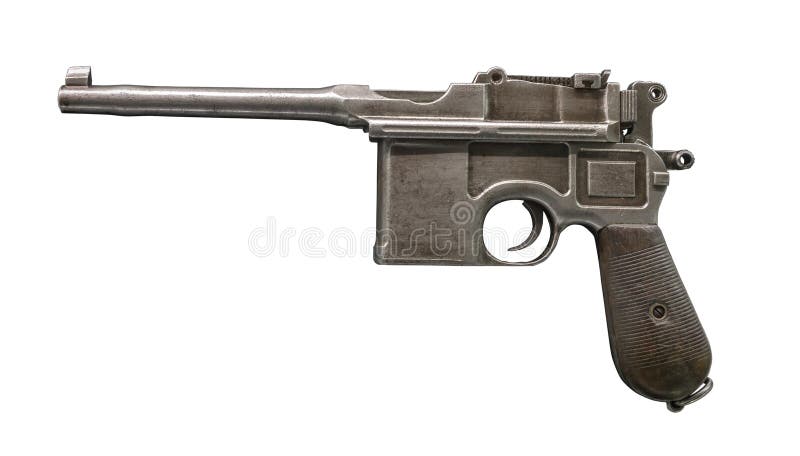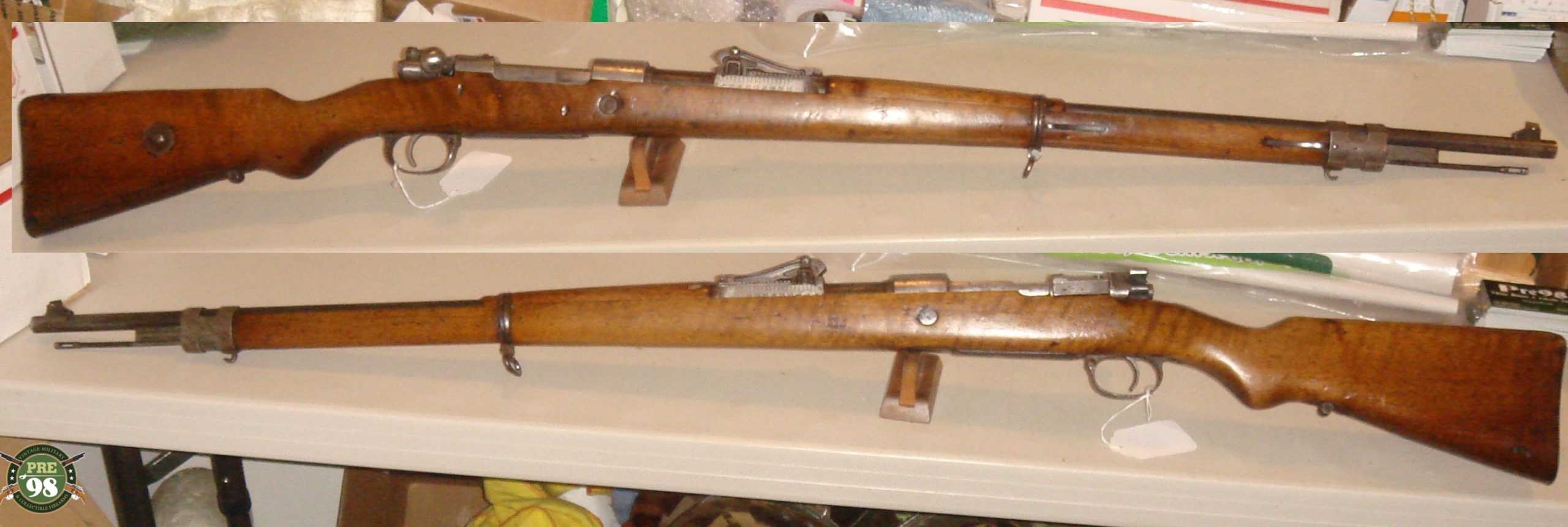

Jon Speed (Original Oberndorf Sporting Rifles, Collector Grade Publications, 1997) lists a total of eight different variations, including lightweight carbines on Kurz M98 actions with 22” barrels. Standard stock dimensions (custom dimensions were available on special order) were 14.5” length-of-pull, 3.5” drop at toe and 2.25” drop at the comb.Īs with the Type B, the Type A was available in various configurations. Some Type A stocks had cheekpieces, others not. Horn, metal or plastic grip caps were fitted, and either plastic butt-plates or rubber recoil pads.

The Type A stock was generally fashioned from higher-grade walnut and had a buffalo horn grip cap and wraparound chequering on the pistol Whereas most Type Bs had either tangent-type or simple folding-leaf rear sights, the Type A usually featured one standing leaf regulated for 100 yards along with four additional folding blades for distances up to 500 yards. The Type A differed from the Type B in several aspects and was designed to look more British in order to appeal to a wider international audience. To compete directly with their valued British customers, Mauserintroduced the Type A rifle before World War I. Type B rifles were popular but compared to a British “best” Mauser, they looked a bit plain. They were produced in large quantities and, depending on the action length, could be had in various chamberings, from the 7x57 to the 10.75圆8. Type B rifles were generally well-made with attractive wood, chequering on the pistol-grip, and typical European stocks with slim fore-ends. They were available in sixteen different configurations and could be ordered with various extras such as telescopes, single-pull or double-set triggers, etc. These were known as Type B (for Büchsen, or “rifle” in German) rifles. Mauser themselves, however, offered sporting rifles as well. The British trade, via Rigby, bought M98 actions and barrelled actions from Mauser to build and finish into their own rifles. Subsequently called the M98 Magnum Mauser, it could handle large cartridges with ease and the availability of the Magnum Mauser paved the way for the development of cartridges such as the.

400/350 was already for all practical reasons obsolete at the time, but the action designed for it was revolutionary. 400/350 was designed for single-shot and double rifles, but Mauser adapted their Siamese Mauser action (which was designed for a rimmed cartridge with a sloping magazine box) by lengthening it by approximately a quarter inch. In 1900, Mauser developed a specially lengthened action at the request of Rigby to accept that company’s rimmed.
#Antique 1914 german mauser rifle full
Mauser even appointed London gunmakers John Rigby & Co as their exclusive British distributors in 1898, a union which was to last until 1912.Īs the British gun trade was in full swing at the time, many of these British Mausers were extremely well-made rifles chambered for practical, hard-hitting cartridges such as the 7x57 (called the. Within a few short years, they were producing sporting rifles for well-heeled customers as well as for export to the various British colonies. Consequently, the British themselves were quick to adopt the M98 as their own and makers such as Holland & Holland, Jeffery and Westley Richards began developing cartridges for the new action. Unlike the falling-block single-shot and double rifles the British specialised in, the M98 was inexpensive, reliable, and most importantly, widely available. When the M98 Mauser action was introduced, the British gunmakers immediately took notice. They are highly sought after by Mauser collectors, many of whom go to great lengths to procure rare specimens with unique or rarely seen features, and prices for original, unaltered rifles steadily continue to climb as time goes by. The sporting rifles produced by Mauser from 1898 until the outbreak of World War II are rightfully regarded as some of the finest production rifles ever produced.



 0 kommentar(er)
0 kommentar(er)
